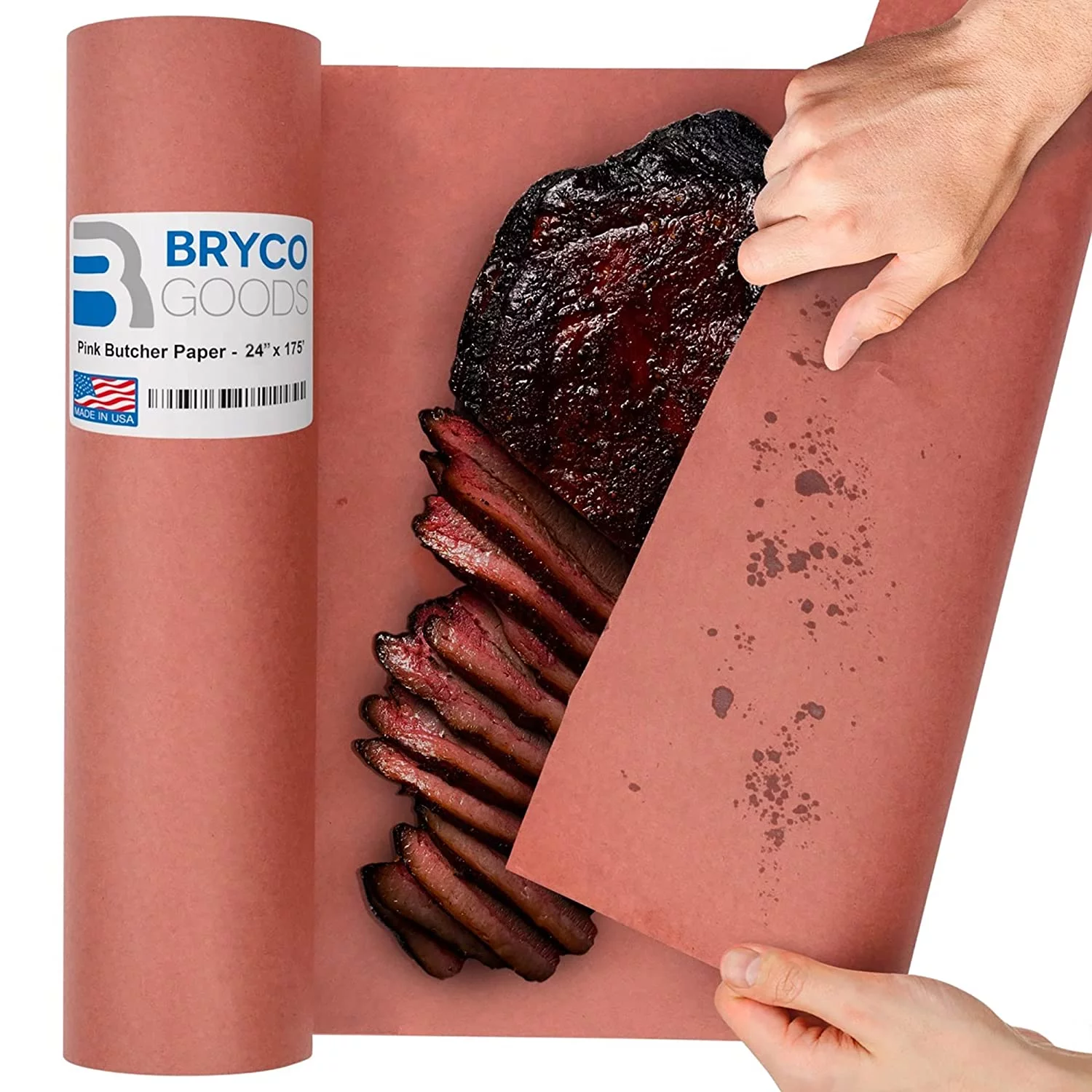
Butcher paper, a basic item, has a wealthy history and an amazing flexibility that expands distant past its conventional utilize in meat markets. From its beginnings to its present day applications, this modest paper has captivated businesses and families alike. Let’s dig into the world of Custom butcher paper, revealing its characteristics, employment, and the reasons behind its persevering popularity.
Understanding Butcher Paper
Butcher paper is a sort of kraft paper, recognized by its uncoated, unbleached nature. It’s characterized by its quality, toughness, and water resistance, making it perfect for taking care of crude meat and angle. The paper’s permeable structure permits dampness to elude whereas avoiding outside contaminants from entering, hence protecting the quality and freshness of the product.
Traditionally, butcher paper was utilized only in meat markets to wrap and ensure meat amid capacity and transportation. In any case, its extraordinary qualities have driven to its selection in different other sectors.
The Advancement of Butcher Paper
Early Days: The utilize of paper for wrapping nourishment dates back centuries. In any case, the particular improvement of butcher paper is closely connected to the industrialization of meat handling in the 19th century. As the request for clean and effective meat dealing with developed, butcher paper developed as the favored material.
World Wars: Both World Wars quickened the generation and utilize of butcher paper due to the expanded request for nourishment conservation and bundling. The paper’s capacity to withstand cruel conditions and ensure nourishment supplies made it priceless amid these challenging times.
Post-War Development: After the wars, butcher paper proceeded to pick up ubiquity as a flexible bundling fabric. Its utilizes extended past meat to incorporate other nourishment things and indeed non-food applications.
The Science Behind Butcher Paper
The special properties of butcher paper can be ascribed to its composition and fabricating process.
Kraft Handle: Butcher paper is created utilizing the kraft handle, a pulping strategy that includes cooking wood chips with chemicals to make a solid, brown mash. This mash is at that point shaped into sheets of paper.
Porosity: The paper’s permeable structure is pivotal for its moisture-absorbing properties. It permits an overabundance of dampness to dissipate, anticipating the development of microscopic organisms and mold.
Strength and Strength: Butcher paper is known for its quality and toughness, making it safe to tearing and punctures. This is basic for taking care of overwhelming meat items and ensuring them amid transportation.
Beyond the Butcher Shop: Flexible Applications
Butcher paper has risen above its conventional part and found applications in a wide extend of businesses and households:
Food Industry:
Meat and Poultry: Butcher paper remains the favored choice for wrapping and putting away meat and poultry due to its moisture-absorbing and defensive qualities.
Baking: Pastry specialists utilize butcher paper to line heating sheets, avoiding staying and making a non-stick surface for sensitive baked goods and cookies.
Food Benefit: Eateries and nourishment trucks utilize butcher paper for wrapping sandwiches, burgers, and other takeaway things. Its grease-resistant properties make it perfect for avoiding saturated messes.
Art and Crafts:
Drawing and Portray: Butcher paper’s expansive measure and smooth surface make it a well known choice for specialists, giving plentiful space for imaginative expression.
Packaging: Specialists and crafters utilize butcher paper to ensure their craftsmanship amid shipping and storage.
Home and DIY:
Wrapping: Butcher paper can be utilized as a blessing wrap elective, advertising a provincial and eco-friendly option.
Floor Assurance: Amid domestic remodels or portray ventures, butcher paper can be laid down to ensure floors from spills and paint drips.
Gardening: It can be utilized as a weed obstruction or to ensure plants from frost.
Butcher Paper and Sustainability
Butcher paper adjusts with the developing accentuation on maintainability and eco-friendliness.
Biodegradability: As a paper item, butcher paper is biodegradable and compostable, making it a more naturally inviting alternative compared to plastic alternatives.
Reduced Squander: By utilizing butcher paper for different purposes, customers can decrease their dependence on plastic bundling, contributing to squander reduction.
Renewable Asset: Kraft paper, the base fabric for butcher paper, is determined from wood, a renewable resource.
Choosing the Right Butcher Paper
With the expanding ubiquity of butcher paper, different sorts and sizes are presently accessible to suit distinctive needs. Consider the taking after components when selecting butcher paper:
Size: Select the fitting width and length based on your expecting use.
Weight: The weight of the paper decides its thickness and strength. Heavier paper is reasonable for wrapping meat, whereas lighter paper might be way better for preparing or crafting.
Unbleached or Dyed: Unbleached butcher paper is by and large favored for nourishment applications due to its normal properties. Dyed paper might be reasonable for craftsmanship and make projects.
Conclusion
Custom Deli Paper has advanced from a specialized item for meat markets into a flexible fabric with a wide run of applications. Its quality, toughness, and eco-friendliness have contributed to its persevering notoriety. As customers gotten to be more cognizant of supportability and look for choices to plastic, butcher paper is balanced to play an indeed more noteworthy part in our every day lives.